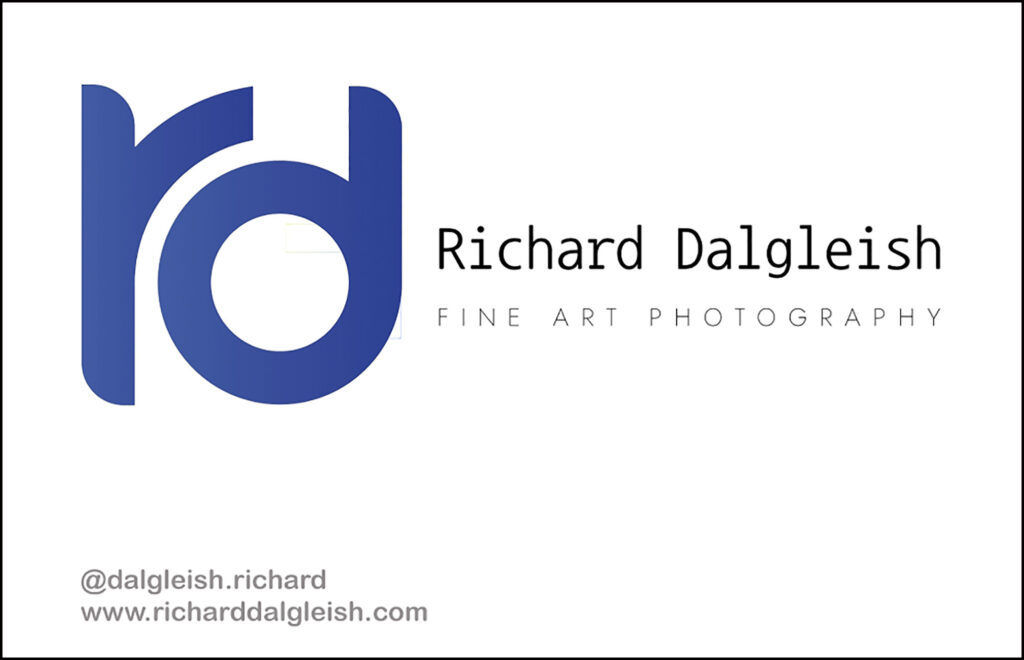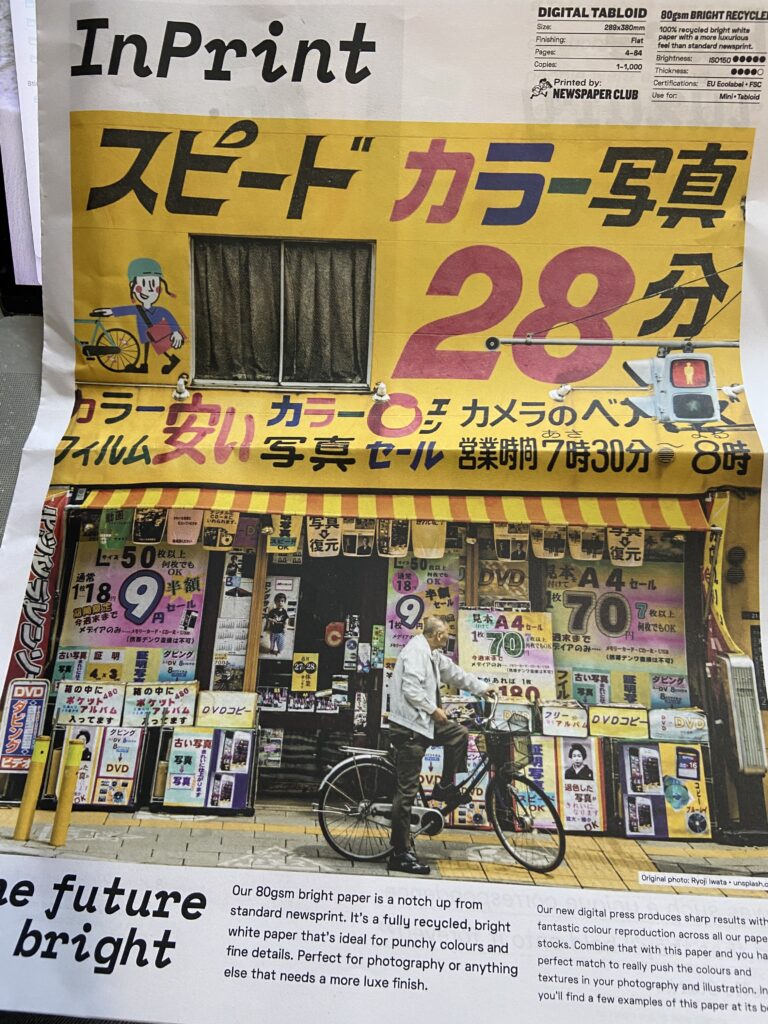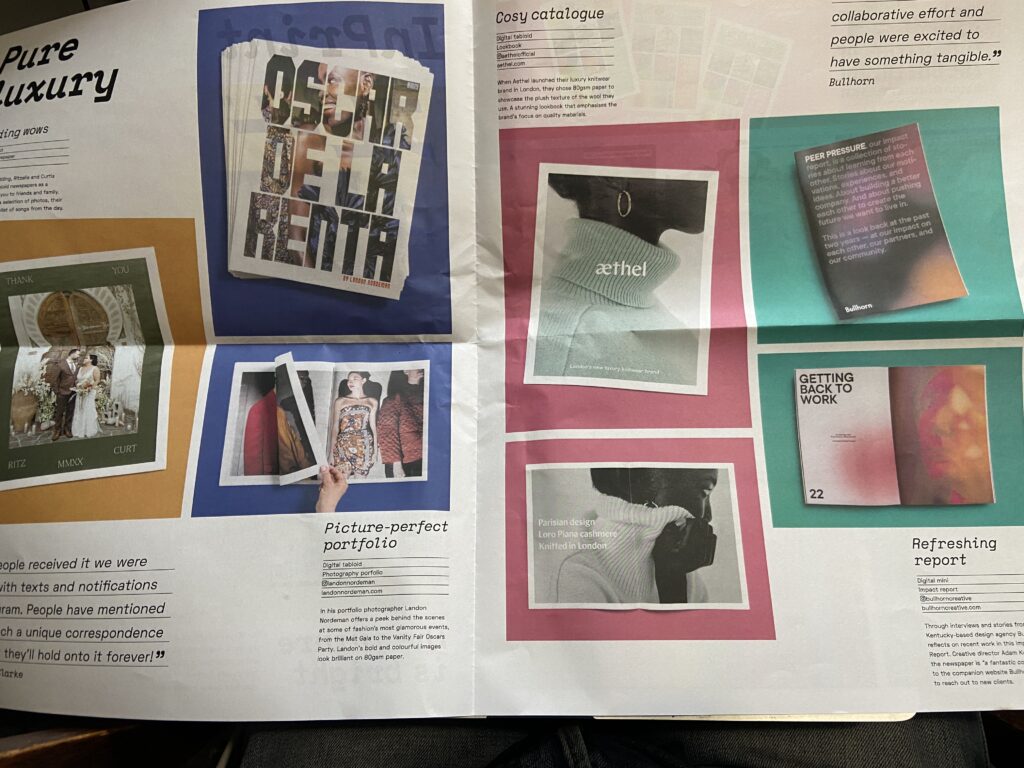Produce a document of the promotional strategy you have undertaken and the results of it.
Promotion of my Exhibition
In my circumstance with my exhibition in the future, this request to list promotional strategies I have already undertaken and the results feels too early in my process. As my exhibition gets closer, my thoughts around promotion continue to crystallise for me. Many things occurred to me late in the process. In my planning, I have allowed contingency for last-minute challenges whether these involve having to change or abandon some approaches.
When writing this document, it immediately became clear that the design of my exhibition and the promotion are linked and are not easy to divide. There are some items which I list both in this document and in my project looking at finalising my major project.
Shirley Read tells us that some promotional tools, “have application beyond the gallery system and are useful ways for photographers both to keep a record of their ongoing work and to reach a wider audience”. Read suggests different tools which can be used and describes a range of benefits as well as downsides to some of these (Read, 2014, pp. 19–32) Based on what Read says, I have decided to divide my promotional strategy into things directly linked to my exhibition and the space in which it sits, which I will term internal considerations. I show these in my document at exercise 1- Finalise the Major Project for Public Output.The items which relate to my promotion with a wider reach in mind, I list below and will term external considerations.
Internal Considerations
While considerations around the internal space do not always link to the choices I make for my promotional strategies, they do impact and direct that strategy. I have gathered some thoughts about the exhibition space.
- My exhibition isn’t huge, it will not be in a gallery of national or international standing. I won’t attract a huge number of visitors. The works I show are tailored to that space and my promotional efforts are scaled to reflect this.
- Thinking of those who don’t live nearby, I will make a video walkthrough of my exhibition and will post a link to this video for those unable to attend in person. This video will not capture the atmosphere of the space and my works will be seen second hand which will lessen the impact but I feel there will be interest in such a video.
- Is my work for sale or not? The gallery expect sales and I am happy to explore this. Sales bring new challenges regarding pricing my work, whether I produce multiple prints and whether I use limited editions of my main works on the wall. I can supplement these works with cheaper and smaller prints but this is another choice to make. To help with commerce I have enrolled for a website called Artwork Archive. This is a web-based software package which acts as an inventory of artworks with space for different works, prices, exhibitions, schedules as well as acting as a shop window. It also features information on different opportunities such as open calls and grants. The cost is £8 a month for beginners.
External Considerations
I see this as the public-facing side of my exhibition.
- I have produced an exhibition poster which doubles as the front page of my newspaper/zine. This allows me to play around with fonts and layout and see how different titles change the feeling I have for this major project. I show this below:

From Read’s book, there is a list of promotional tools. Some of these I think are good ideas, some I feel aren’t suitable for me and some are of interest but I have not found the time to pursue these. This last group include things I will carry forward in my journey beyond the OCA.
- As I worked on my project, I looked at what other artists had done to promote their work, sales, books and if they held an exhibition, what did it look and feel like? Artists such as fellow student Mirjam Lorek as well as students who finished their degrees before me and whose work I found from the Degree Showcase such as Judith Bach, Nuala Mahon and Anna Sellen.
- My exhibition isn’t huge, it will not be in a gallery of national or international standing. I won’t attract a huge number of visitors. My promotional efforts are scaled to reflect this.
- The gallery in which I place my exhibition serves as a vehicle for publicity. The gallery will publicise my work on their website and on social media. Their social media posts provide a sense of a countdown to what is coming in their gallery and continue while the exhibition is in progress.
- I will replicate the gallery’s social media posts using my social media accounts and my personal website. Starting long before my exhibition, I have been posting regularly to Instagram to build a sense of my work, to grow an audience and build my network.
- I have designed a small logo which I will use on all my promotional material. This provides a simple visual identifier which links me with my work. I show this on business card at bottom of post.
- I have spent time updating my personal website, incorporating my logo and getting my email contact form working to allow potential customers and interested parties to contact. I signed up with an email marketing firm, MailJet, to help with the automation element to filter out spam and bots.
- MailJet also allows me to build and manage a contact list for promotional emails and newsletters. Such a list would currently include students, educational staff, staff who work at the hospice where I attended a symposium on loss, staff at the hospice, staff at Pfizer and CRUK I worked with on cancer projects, family, friends, old work colleagues etc. I am not 100% convinced that I need this tool right now as I can inform my small group of contacts without such a tool and am reluctant to send out emails which might be considered spam. This tool might be something to consider in the future should another exhibition have a different (bigger) scale.
- Business cards. Read says these are a good way of introducing myself and my work to new contacts. I have designed a card which uses my logo.This is shown at bottom of post.
- I have produced a newspaper/zine I will have printed to accompany the exhibition. It provides my audience with something tangible to take away from the exhibition. I plan that this publication will be free.to visitors. This is tabloid size, 289 x 380mm and contains 4 pages; front cover, two internal pages facing one another and the back page. I have decided to have these printed on 80gsm white paper. The front page of this is shown in the section above under the exhibition poster.
- Thinking of those who don’t live nearby, I will post them a copy of my zine.
- Again thinking of those who don’t live locally, I will make a video walkthrough of my exhibition and will post a link to this video for those unable to attend in person. This video will not capture the atmosphere of the space and my works will be seen second hand which will lessen the impact but I feel there will be interest in such a video.
- Postcards. Read says that these are useful “as a record of the work, they can be a reminder for potential clients and curators” (Read, 2014, pp. 20–21). I have not planned on producing postcards as the newspaper/zine I have designed serves the purpose of a reminder of my work. Maybe the postcard is simpler and smaller. I will consider the benefits against the cost of making postcards and will discuss with the gallery curator.
- CDs. Read says that CDs should contain a sequenced set of images. I do not feel there is any need to produce CDs. This is not something I plan for my exhibition.
- Portfolio Reviews. This is an area I wish I had more time to explore as I worked through this unit. In truth, the artist’s residency swallowed a lot of time and while the feedback I got on my work at the residency was invaluable, I would have liked to have taken a step further and presented my work to a wider body for critique. Read suggests that portfolios are helpful to consider the order of a project and to see how works look at size and with different papers and print quality. I will print my work for the exhibition and show the curator at the gallery in advance of my exhibition. This will perhaps be a small-scale portfolio review relevant to the specifics of my project.
- On the printer’s site where I ordered the business cards, I looked at what other promotional materials I could order. There is everything from mugs to pens to postcards to gift vouchers. I do not see these as adding value to my exhibition. One thing which did catch my eye were small stickers with my logo which I could have printed and these could be used to seal any small works with tissue paper. This idea depends on whether I want any smaller versions of my work for sale. On one hand, this perhaps makes my work more accessible for ownership but on the other hand, might it dilute the impact of my major project? Are these stickers more bother than they are worth?
- I will contact OCA and Visual Arts Scotland as each publicises degree shows.
- My printing and mounting are expensive so I wonder whether the print shop I use would like some publicity shots of my work, this would help publicise my work and at the same time, they would receive publicity. There might be a financial benefit to this.
It seems easy to imagine that the first time of putting together an exhibition has an element of trial and error. I have tried to think of different ways to promote my work but recognise that the next time I was to build an exhibition this would be an easier experience as I would be able to rely on my experiences good and bad.

Read, S. (2014) Exhibiting Photography A Practical Guide to Displaying Your Work. 2nd edn. Abingdon: Focal Press, Taylor & Francis Group.



